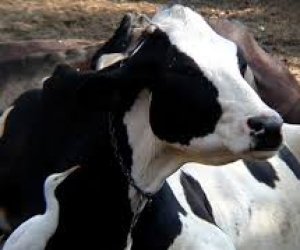The last places on Earth with no invasive species
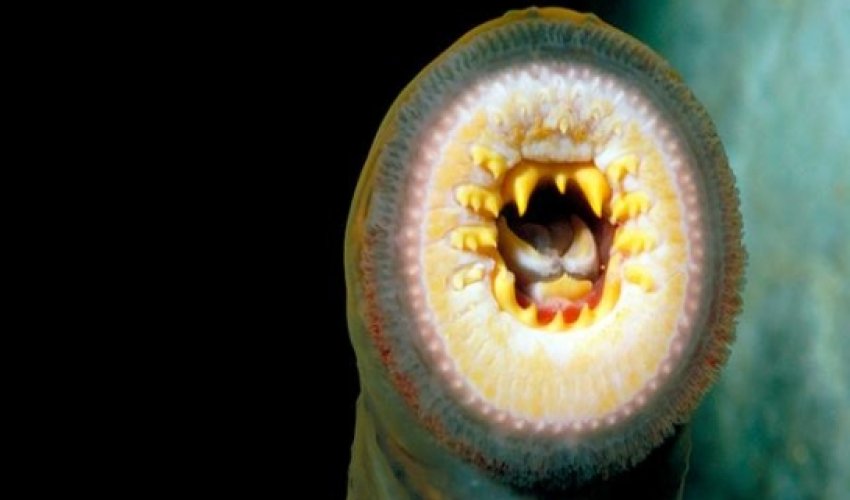
Pockets of land and water that are free from ‘alien’ species are few and far between, finds Rachel Nuwer. Yet could we reverse the tide of these pests?
When Piero Genovesi received my email, his interest was piqued. Is there anywhere left, I asked, free from invasive species? Genovesi chairs the Invasive Species Specialist Group at the International Union for Conservation of Nature, so he spends much of his time fretting about animal alien invaders. Whether it’s voracious cane toads or pesky squirrels, these creatures cause havoc by invading a place they don’t belong, outcompeting other animals, eating up resources and becoming pests.
So, if there are any pristine ecosystems remaining, where would they be? “This is not an easy question, and one I’ve never asked myself,” Genovesi says. Still, he was intrigued enough to investigate.
The reason it’s a tricky question is because invaded lands vastly outnumber the places still untouched. Where humans go, invasive species tend to follow, Genovesi says, and “there is literally no island in the world that has had no contact with humans in the last century”.
We’ve taxied invasive species around the globe for millennia. Some of the earliest mammal invasions occurred 8,000 to 9,000 years ago, when Neolithic humans introduced wild boars to Sicily and shrews to Cyprus, Sardinia and the Balearic Islands. In AD77, Pliny the Elder penned the oldest written evidence of invasive species’ impacts, writing in his Naturalis Historia that rabbits were causing famines on the Balearic Islands, which forced desperate residents to start throwing ferrets into the rabbit burrows as a means of controlling those insatiable pests.
Passenger aliens
Far from something confined to history, however, detrimental species introductions continue to happen frequently today, from egg-hungry Argentine black and white tegus taking up residence in Florida, to a sudden influx of exotic crazy ants in Texas. Invasive species have been implicated in more than half of recent extinctions and they ring up more than $120bn in annual damages in the US alone.
Some of these stowaways are inadvertent passengers – the rats, roaches and other pests that we ourselves cannot manage to contain. Others are intentionally introduced, whether for food, as pets or in an ill-devised attempt to control another species that we want to get rid of.
Despite their ubiquity, however, Genovesi figured that places free from invasive species must exist, even if he was not aware of them himself. So he submitted the question to the “Aliens-list,” a professional listserve whose 1,000-plus members make up the world’s invasive species management frontline. Putting their collective knowledge to use, they came up with a few examples of places that are most likely free of invasive species.a
(BBC)
Bakudaily.Az
Latest news 
More news 
























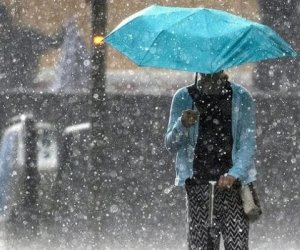
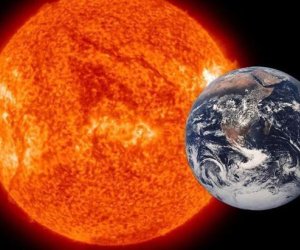


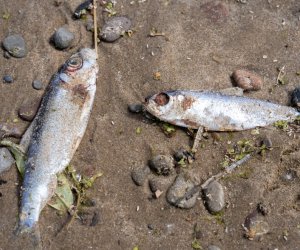

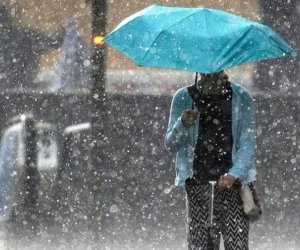




 Photo
Photo 



 Video
Video 

